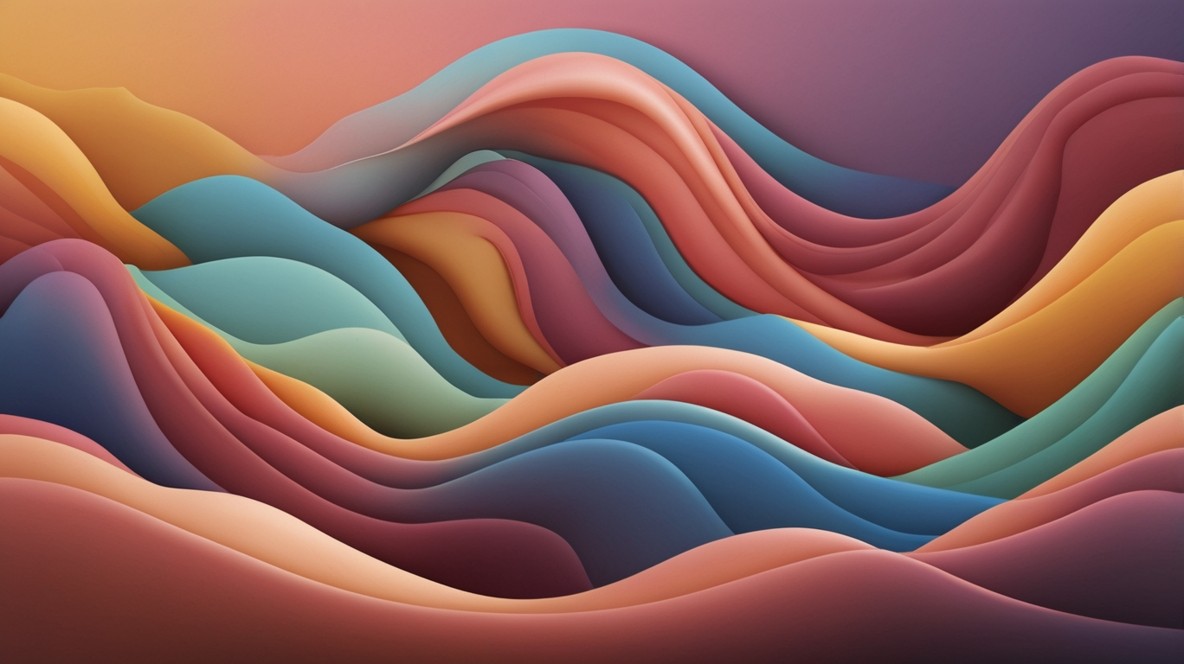How Do AI-Generated Photos Compare in Quality to Real Photos?
Oct 8, 2024

Introduction: AI-Generated Photos Are Blurring the Lines
AI-generated photos have taken significant strides in recent years, with advancements in technology making them increasingly indistinguishable from real images. As platforms like DALL-E, MidJourney, and Stable Diffusion push the boundaries of AI-driven creativity, the quality of these images has reached new heights. But how do these AI-generated photos compare to real photos in terms of realism and quality? Let’s explore the current trends, detection challenges, and indicators that still set real and AI-generated photos apart.
1. Quality and Realism of AI-Generated Photos
AI-generated images have improved to the point where even seasoned observers struggle to differentiate between AI and real photos.
• Realism: A study on AI-generated passport-style headshots found that participants could barely distinguish AI-generated images from real ones, performing at chance levels . This indicates that AI-generated visuals are approaching a level of realism that mimics actual photography.
• Advanced Detailing: Modern AI-generated photos are increasingly photorealistic, capturing intricate details such as lighting, textures, and even facial expressions. As a result, they are often used in marketing, art, and even journalism .
2. Common Giveaways of AI-Generated Photos
While the quality has improved dramatically, AI-generated photos still have subtle imperfections that can signal they are not real:
• Inconsistent Geometry: AI can struggle with objects that require precise symmetry or structural integrity, such as architectural elements. This can lead to crooked lines or objects that appear off-balance .
• Unnatural Lighting: One of the challenges AI still faces is producing realistic lighting. Sometimes the lighting appears too uniform or doesn’t match the shadows and highlights seen in real-world environments .
• Smooth Textures: AI tends to over-process certain areas, particularly on human skin, leading to an unnatural “airbrushed” effect. Real photos often have subtle imperfections, textures, and pores that AI sometimes smooths over .
• Background Blurring: AI-generated images can suffer from blurry or distorted backgrounds, especially when creating complex scenes with multiple layers of objects or people .
• Hands and Limbs: Historically, AI struggled with accurately rendering hands, fingers, and limbs, though recent advancements have greatly improved this aspect .
3. Detection Challenges: The Difficulty of Spotting AI-Generated Photos
As AI technology advances, spotting the difference between AI-generated photos and real ones is becoming increasingly difficult. Even with tips and guidelines, human observers can only improve their detection accuracy by about 10% . Here’s why:
• Improved AI Algorithms: Models like Stable Diffusion and MidJourney continue to evolve, making AI-generated images more realistic over time .
• AI Detection Tools: While AI-based detection tools are in development, they often struggle to identify images generated by models different from the ones they were trained on, further complicating the task of detection .
4. The Prevalence of AI-Generated Photos vs. Real Photos
The prevalence of AI-generated images is growing rapidly, but they still lag behind traditional photo uploads in total volume.
• AI-Generated Photos: Since 2022, over 15 billion AI-generated images have been created, with an average of 34 million new images generated daily through DALL-E 2 alone .
• Traditional Photos: Platforms like Facebook see approximately 350 million photo uploads per day, while Instagram has hosted over 50 billion photos since its launch .
5. AI-Generated Photos: The Future of Visual Content Creation
The line between AI-generated and real photos is blurring, especially as AI models continue to evolve. The ability of AI to produce high-quality, realistic visuals will likely make it an essential tool in industries ranging from marketing to media. As this technology continues to improve, detecting the subtle differences between real and AI-generated images may become nearly impossible, further raising ethical and practical questions around authenticity and transparency.
Conclusion: AI-Generated Photos are Closing the Gap with Real Photos
While AI-generated photos are rapidly approaching the quality of real photos, there are still a few telltale signs that help distinguish between the two. With the continuous evolution of AI algorithms, the gap between AI-generated and real photos is narrowing, and it’s only a matter of time before these distinctions become imperceptible. For content creators, marketers, and journalists, understanding both the potential and the limitations of AI-generated visuals is key to navigating this new landscape.
